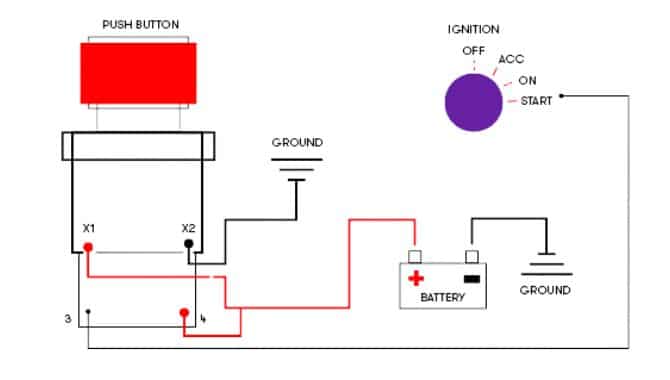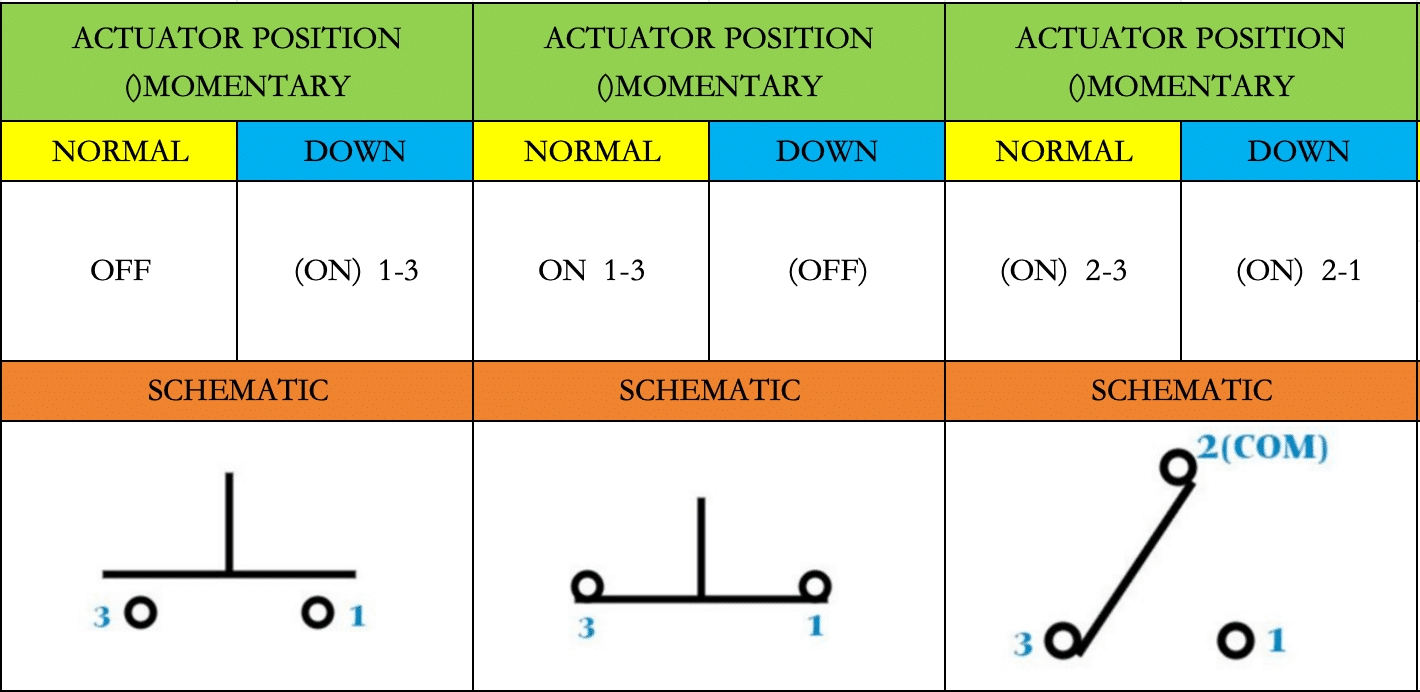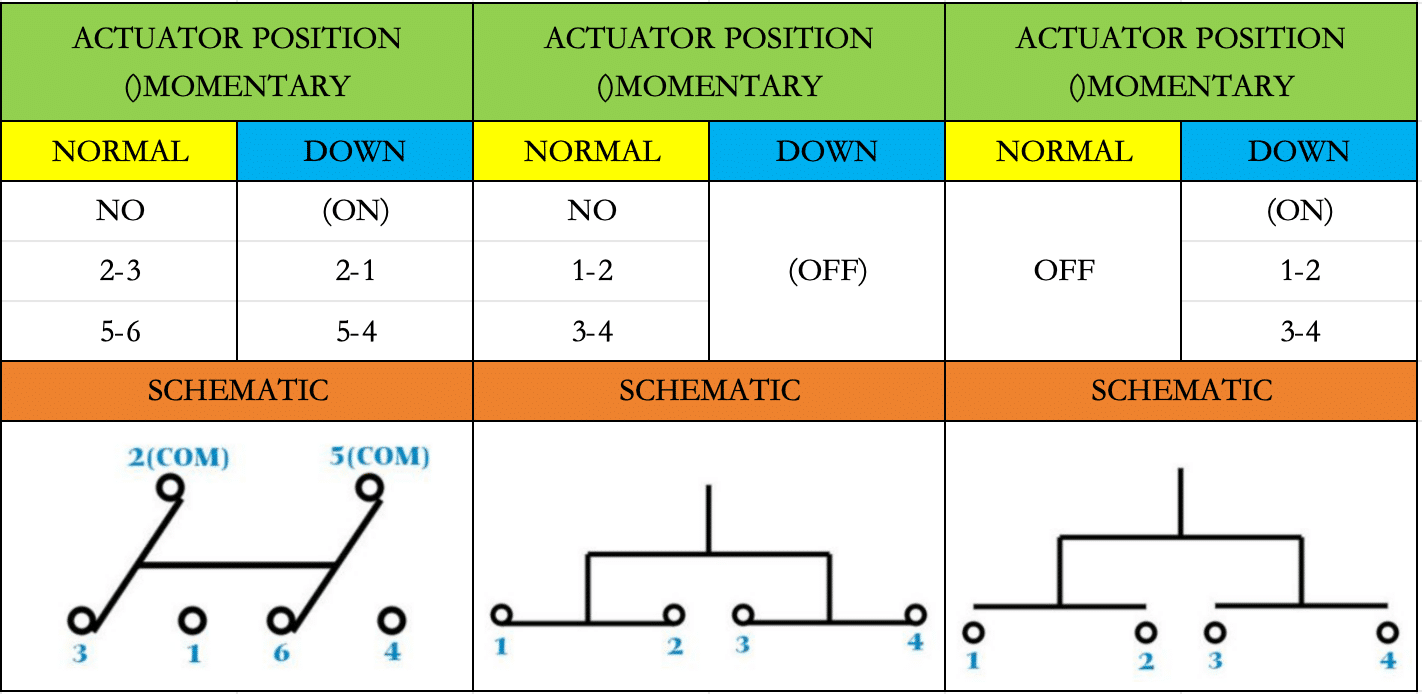A push button switch is a type of electrical switch that operates by being pressed, allowing for temporary or maintained contact in an electrical circuit. These switches are commonly used in a wide variety of applications, from household appliances to industrial machinery. Here’s a detailed explanation of how a push button switch works:
Basic Components
- Actuator: The part of the switch that is pressed by the user.
- Contacts: Conductive pieces inside the switch that close or open the circuit.
- Housing: The casing that holds all the components together.
- Spring Mechanism: Ensures the button returns to its original position after being pressed.

Types of Push Button Switches
- Momentary Switches: These switches are only active while being pressed. Once released, they return to their default state. Examples include doorbells and keyboard keys.
- Maintained Switches: These switches stay in their new state after being pressed until pressed again. Examples include light switches and certain power buttons.

Working Principle
- Default State: In the default state, the contacts inside the switch are either open (no current flows) or closed (current flows), depending on the switch type.
- Pressing the Button: When the actuator is pressed, it moves the internal contacts. For momentary switches, the contacts close to complete the circuit, allowing current to flow. For maintained switches, the first press may close the contacts, and a subsequent press may open them again.
- Internal Mechanism:
- Momentary Switch: Pressing the actuator compresses a spring and moves a movable contact against a stationary contact, completing the circuit. Releasing the actuator allows the spring to return the movable contact to its original position, breaking the circuit.
- Maintained Switch: A latching mechanism keeps the contacts in place after the button is pressed. A second press releases the latch, returning the switch to its default state.

Circuit Integration
- Normally Open (NO): The circuit is open (off) when the button is not pressed. Pressing the button closes the circuit, turning it on.
- Normally Closed (NC): The circuit is closed (on) when the button is not pressed. Pressing the button opens the circuit, turning it off.


Applications
- Consumer Electronics: Power buttons on devices like computers and televisions.
- Industrial Controls: Emergency stop buttons and machine start/stop controls.
- Automotive: Engine start buttons and dashboard controls.
- Household: Doorbells, light switches, and kitchen appliances.
Key Points
- Durability: High-quality push button switches are designed to withstand many press cycles.
- Safety: Many switches are designed with safety features to prevent accidental operation.
- Variety: Available in different sizes, shapes, and functionalities to suit various applications.
Understanding the working of a push button switch helps in selecting the right type for specific applications and ensuring proper integration into electrical circuits.







